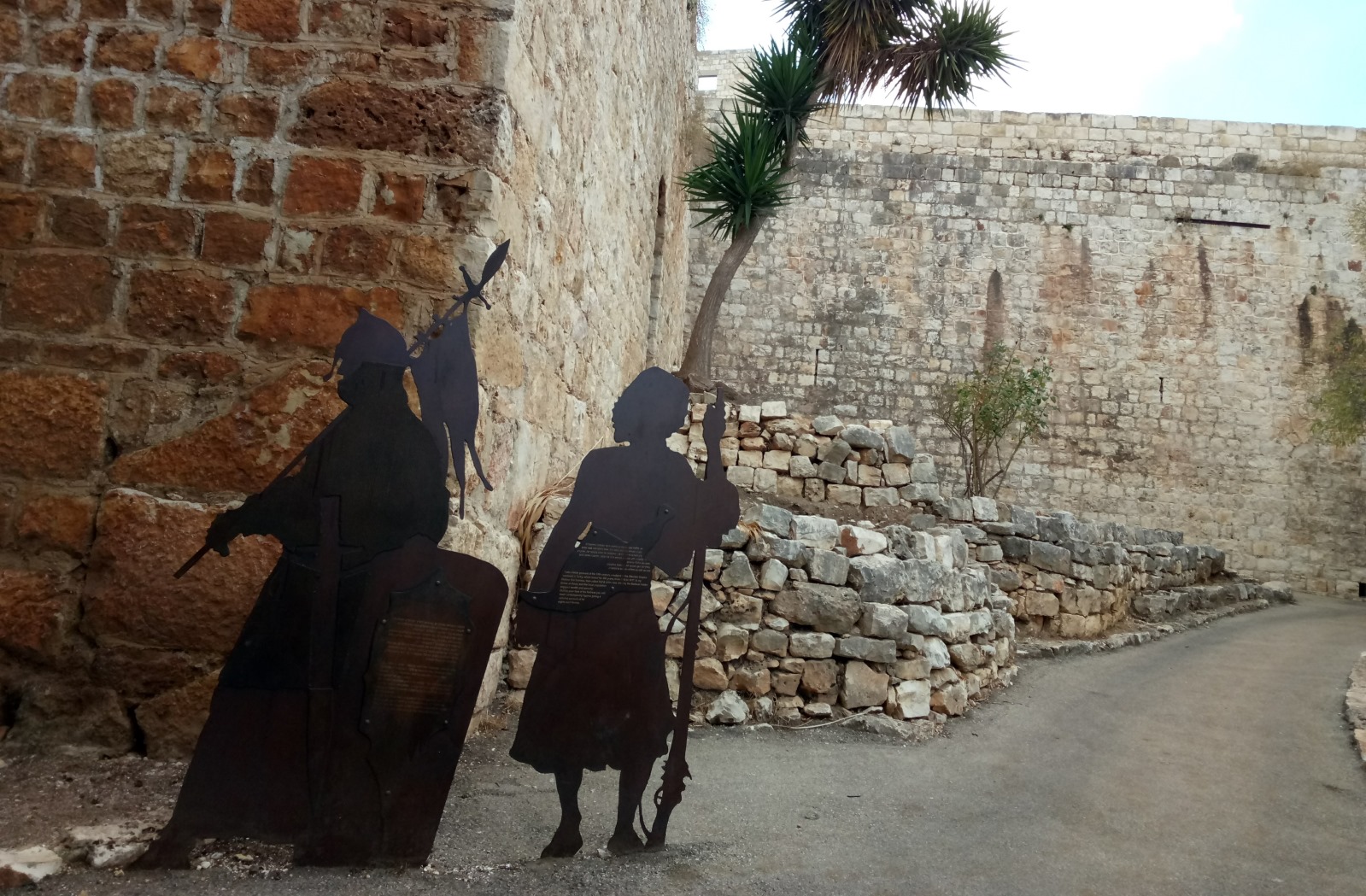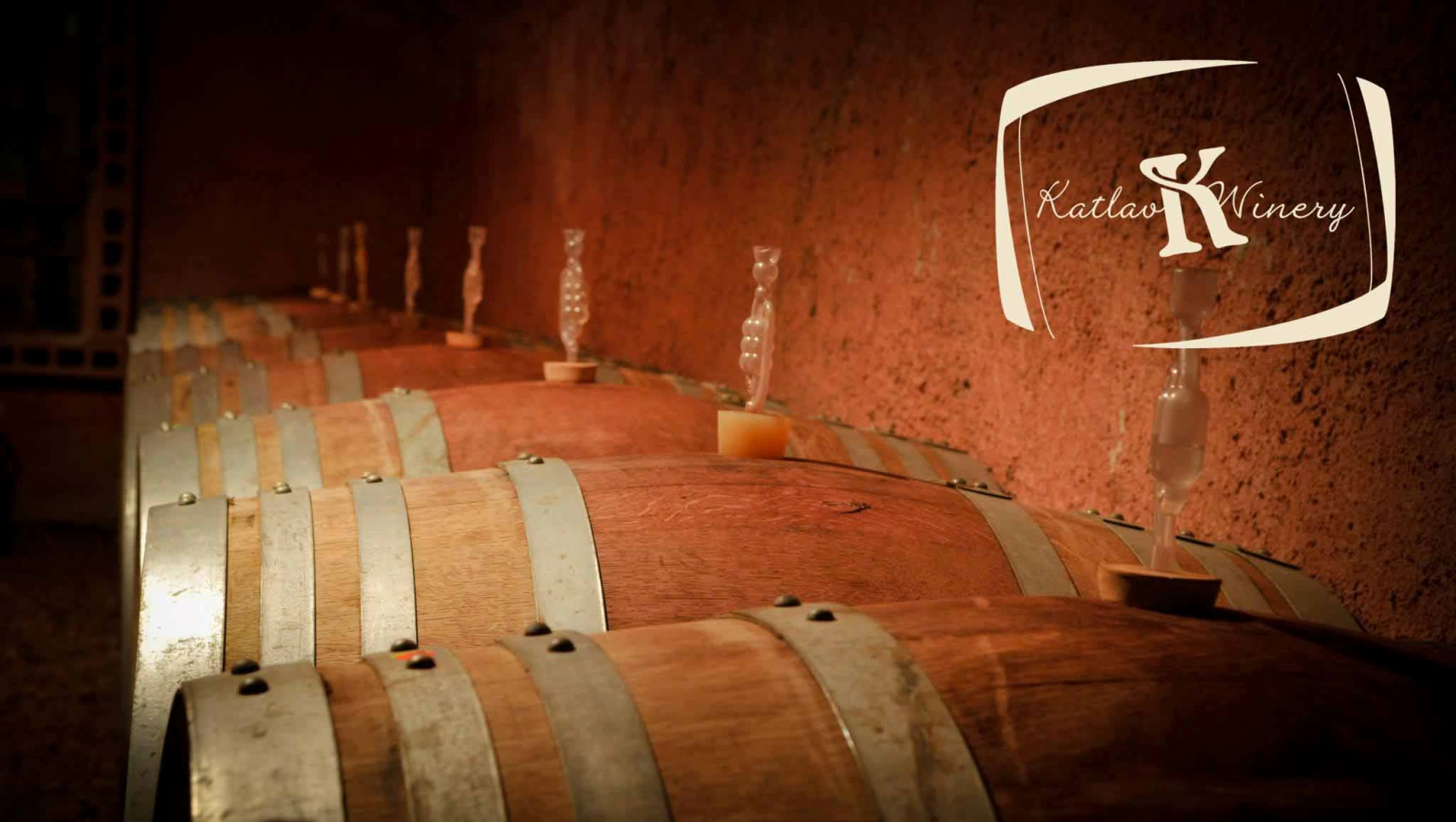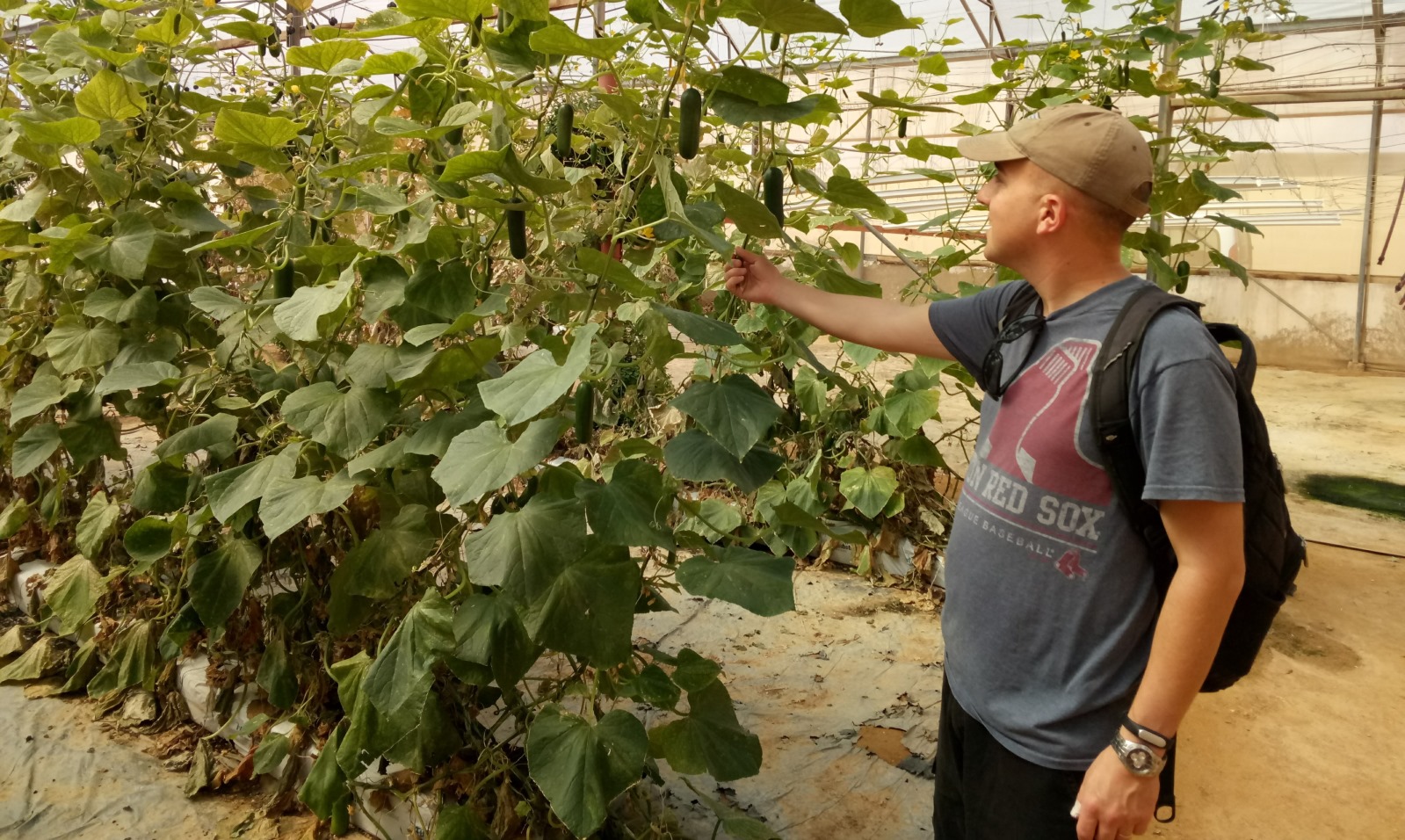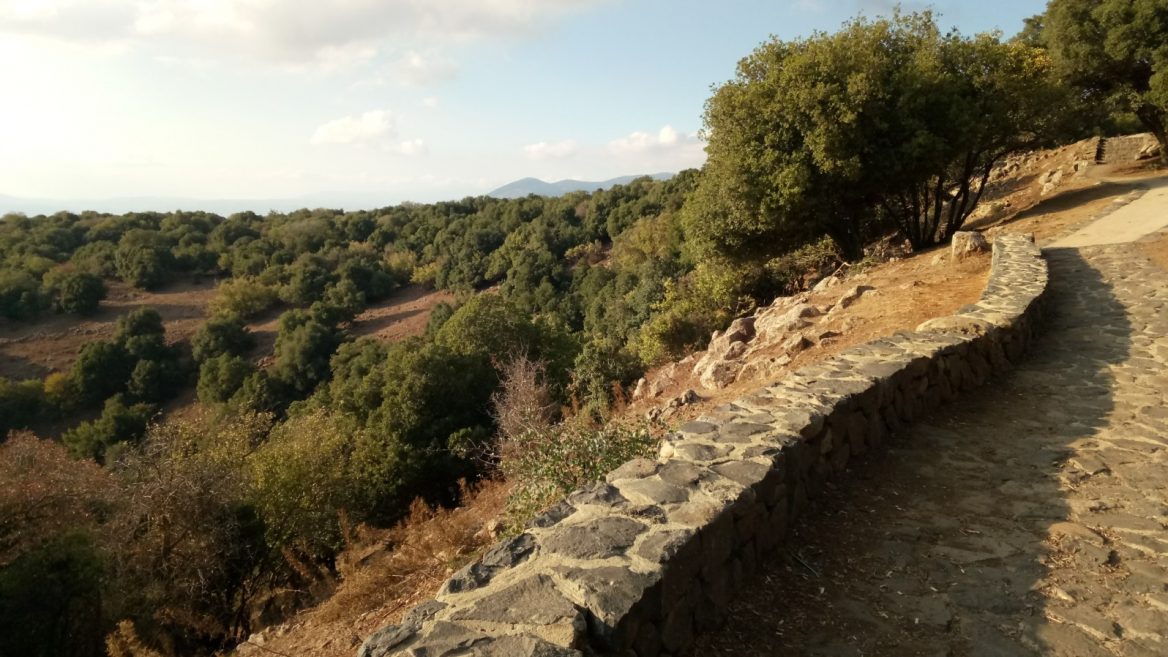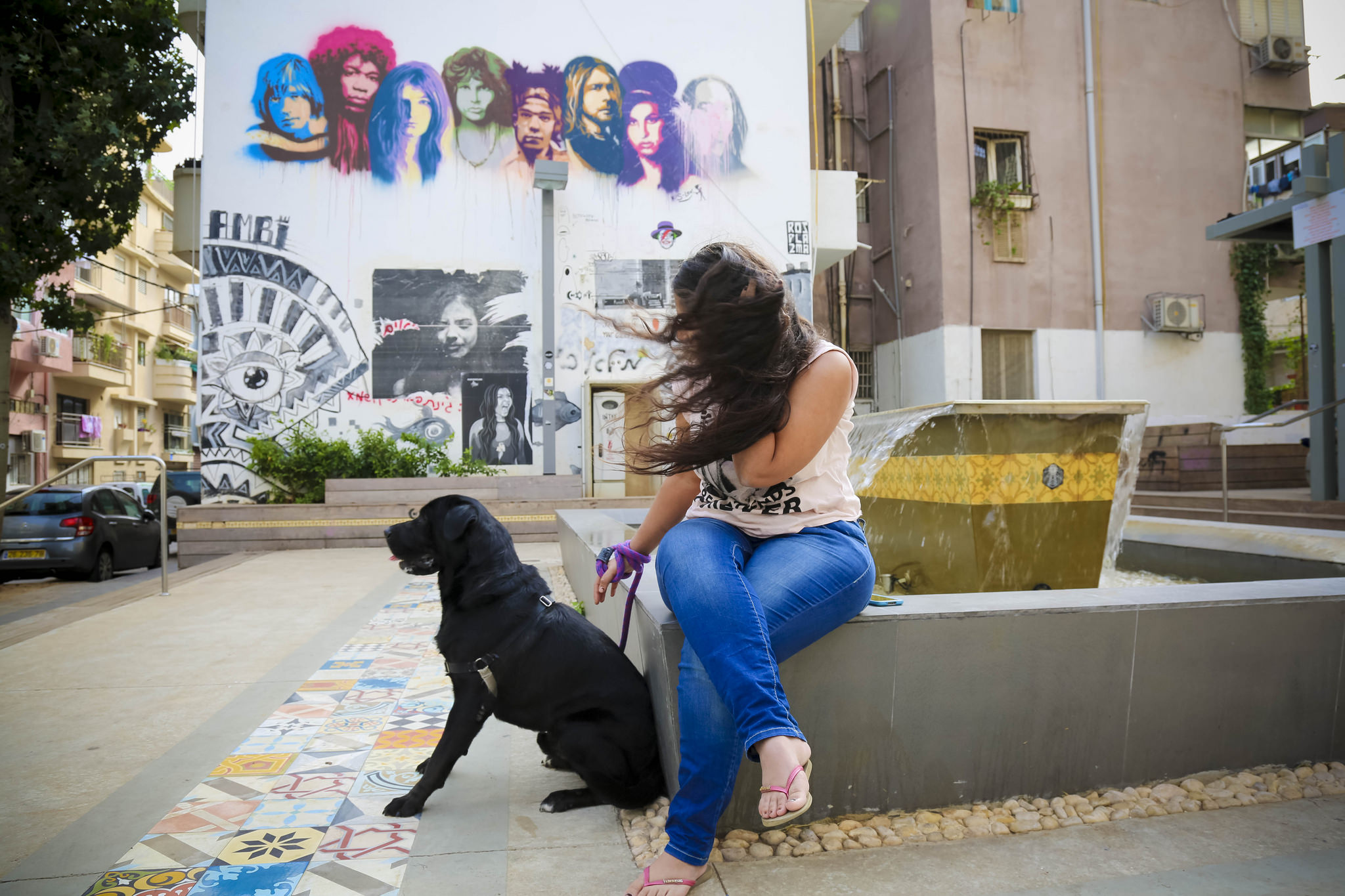Odem U-Pick in the Golan Heights. Photo: courtesy ISRAEL21c
Do-it-yourself day trips in the land of milk and honey that will capture your heart and also satisfy your stomach.
Israel is blessed with endless options for interesting day trips. North, south or center, there is always a new hike, nature reserve or historical site to discover, and nothing is ever too far away. But as stomachs start to grumble, you have to consider what you’re going to eat and drink after the main event.
In our opinion, an artisan food-related item is always in order, especially after a difficult hike or long haul. So have fun, support local producers and create your own DIY day trips filled with sights, hikes and gourmet items that will entice you everywhere you roam.
Here are 10 paired suggestions to get your creative juices flowing.
- Yechiam Fortress National Park and Buza Ice Cream, Upper Galilee
Yechiam Fortress photo by Jessica Halfin
Spend time at this preserved Crusader castle and fortress passed down through a series of Holy Land conquerors and used as a strategic battleground by Kibbutz Yechiam members in the 1948 war for Israel’s independence (bullet holes still remain in the stone walls). Watch the movie, wander around the site and take in the incredible 360-degree view overlooking the Upper Galilee coastal plain, more distant Acre and the Carmel Mountains.
Buza ice cream after an Upper Galilee hike. Photo by Jessica Halfin
What could be better after sightseeing than a mid-afternoon cone? Even better if it is a handmade cardamom or chocolate gelato treat from Buza’s famous original location in neighboring Maalot-Tarshiha (Buza is on the Tarshiha side). Buza (Arabic for “ice cream”) is a partnership between Jewish ice-cream fanatic Adam Ziv from Kibbutz Sasa and Arab restauranteur Alaa Sweetat of Tarshiha. It won a 2017 United Nations Flourish Prize for promoting coexistence in Israel.
2. Stalactite Cave Nature Reserve and Katlav Winery,Judean Hills
Soreq Stalactite Cave. Photo by Jessica Halfin
The 5,000-meter Soreq Stalactite Cave Nature Reserve was discovered in the 1960s purely by accident. A routine quarry explosion exposed the rare cave developing for millennia deep within the mountainous hillside. Soft limestone and rainwater mixed to create stunning geological formations beneath the bedrock. Today it is the only cave of its kind in Israel that can be visited, and it is quite an otherworldly site. The visitors’ center features an explanatory film. A guided tour, from which you are free to deviate, takes you along a planked path with railings. Colorful lights illuminate the natural structures.
Katlav Winery in Nes Harim. Photo: courtesy ISRAEL21c
A mere 10 minutes’ drive down the road will find you in idyllic Nes Harim at the doorstep of Katlav Winery. The venture was started by Yossef Yitach, who left his own prestigious architectural firm to become a boutique kosher winemaker. The winery was built on biblical-era soil overlooking the Judean hills and Jerusalem in the distance. Yitach has even dug five wine caves to let his wines develop and age with grace. Tasting the different varietals, while admiring the view, is the perfect way to honor the unique land on which the winery was built.
3. Ein Gedi Nature Reserve and Kfar Hanokdim Bedouin Hospitality, Dead Sea/Arad
A hike at Ein Gedi Nature Reserve in the Dead Sea area is always a good choice because it is easy enough for the entire family to enjoy, yet close enough to nature that you could find yourself a finger’s length away from an ibex. But don’t be tempted to pet any of the wildlife. Instead, immerse yourself in nature by stopping to dip in the desert waterfalls and springs that line the trail.
Kfar HaNokdim photo by Jessica Halfin
Following your hike, head west toward the desert city of Arad and continue down the mountainous road past the shores of the Dead Sea, up through the Judean Hills to Kfar HaNokdim. There you can experience the desert in the comfort of a custom-built village that makes the famous hospitality of Bedouin desert-dwellers accessible to the general population. The camp provides various levels of comfortable accommodation, authentic Bedouin-style meals, camel and donkey rides, desert bike and jeep rides, and guided hikes in the surrounding canyons.
4. Lake Ram (Birkat Ram) and The Witches Cauldron and the Milkman restaurant, Golan Heights
Follow the witch-shaped signs along the route leading up to the Druze village of Majd El Shams at the southern base of Mount Hermon and eventually you will reach this restaurant in neighboring Nimrod. Even more intriguing than the view and the romantic wood-burning stove in the wintertime is the gaggle of witch dolls and decorations hanging from the ceiling as you dine on fine yet hearty dishes served in sizzling cast-iron skillets. The restaurant celebrates local specialties such as Golan-raised steaks, artisan cheeses, locally pickled olives and area boutique wines.
The Witches Cauldron and the Milkman restaurant near Lake Ram. Photo: courtesy
Following your meal, drive down toward Lake Ram. Park in the lot and follow the Golan Trail to the water’s edge. Continue on the green trail to circle the lake, which according to Talmudic legend is a remnant from the biblical flood and is the product of an ancient volcanic eruption that caused a 10-meter-deep hole filled with rain and groundwater. Although swimming is not recommended, the lake makes a worthy backdrop for a lovely walk among the fruit trees that dot the area.
5. Snorkeling at Eilat Coral Beach Nature Reserve and Eilat Wines
This reserve along Israel’s Red Sea Gulf allows people of all ages and abilities to enjoy and help sustain the world’s most northern coral reef. Wading pools allow children to get close to the reef without entering the deeper waters, as do observation bridges, where one can admire the fish while remaining dry. Adventurous souls can rent snorkeling or diving gear on the beach.
Following a refreshing dip, Eilat Wines — the official southern outpost of the Golan Heights and Galil Mountain Wineries — is a must visit. Located in an industrial zone in the northern section of the city, it is a gourmet hotspot for wine and cheese lovers. Wines from all over the world are stocked here. On “free Fridays,” four wine tastings and accompanying gourmet snacks are offered. Any time you come, your purchases are tax-free due to Eilat’s special zoning status.
6. Shivta National Park and “Path of Knowledge” at Ramat HaNegev Agricultural Research and Development Tour, Negev Highlands
Negev Center for Agricultural Research and Development. Photo by Jessica Halfin
Located 20 minutes northwest of Sde Boker, in the middle of the Negev Desert, is the Ramat HaNegev Center for Agricultural Research and Development. Call ahead to book a tour of the greenhouses to learn how the center has realized first Israeli Prime Minister David Ben-Gurion’s promise to make the desert bloom. During the tour you will pick fruits and veggies fresh from the vine to sample and even receive a whole container to take with!
Also visit the attached memorial to a group of French soldiers who served in the Negev Brigade during Israel’s War of Independence. The hill on which the memorial sits gives a vantage point over the Megalim experimental solar power project across the street.
Shivta National Park photo by Jessica Halfin
From New Age to ancient, off the road heading further west toward Nitzana, near Israel’s Gaza border, is the ancient Nabatean city of Shivta. Now a national park filled with spectacularly preserved ruins, it was once a largely populated town along the famous Nabatean spice trading route. Taken over by Byzantines and later by Muslim Crusaders, the site also features ancient churches and a mosque, and was a functional town all the way up until the mid-seventh century.
7. Amud Stream Nature Reserve and Ein Camonim dairy, Upper Galilee
If there ever was an Israeli hike meant to connect you to the ancient history and nature of the land, Nahal Amud (Pillar River), between Mount Meron and the Sea of Galilee, is it. In this one site you will find antique flour mills, the famous pillar for which the river is named, a blossoming orchard filled with the famous biblical fruit species, caves and freshwater pools and springs. The 4-kilometer trail takes three to four hours, and includes a steep incline or decline, as well as dipping pools, depending on which route you choose.
Fresh cheese at Ein Carmonim dairy. Photo by Jessica Halfin
Found among the breathtaking hills of the Upper Galilee close by, the Ein Camonim goat farm and dairy is a tranquil outpost that produces and sells more than 30 varieties of cheese from the milk of its grass-fed, free-range herd. Step inside the shop to taste more than a few cheeses free of charge, as well as Ein Camonim signature wine produced for the farm by Haifa’s boutique Vortman Winery. Other specialty products include homemade fig and walnut jam, and single serving sorbets. For a more elaborate experience, dine in the outdoor restaurant next to the goats and treat yourself to an all-you-can-eat cheese platter accompanied by gourmet salads.
8. Hula Nature Reserve and Habayit Bektze HaNof, Upper Galilee
Walking in the Hula Nature Reserve. Photo by Jessica Halfin
Located in the Hula Valley in the Upper Galilee, Hula Lake serves as a natural rest stop for birds migrating to and from Europe, Asia and Africa. But the reserve is much more than just a world-class bird observatory site. A visitors’ center with a movie and museum explains the area’s remarkable ecosystem, and from the wooden plank trail around the lake and the covered wooden bridge you can observe the active wildlife in the water (gigantic catfish, freshwater turtles, frogs and beaver-like rodents) and surrounding wetlands.
Overlooking the Hula Valley, Habayit Bektze HaNof, or House on the Edge of the Landscape, is a rural restaurant at the edge of the Birya Forest. Floor-to-ceiling windows, observation points and a deck make it a prime spot for nestling in and chowing down, while appreciating an unobstructed view. A prime spot for anything from a quick bite to a wedding party, the light and fresh Galilean café fare make it ideal as a lunch stop for day trippers.
9. Mount Tabor Nature Reserve and National Park, Shaked Tavor Visitor’s Center and Tabor Winery, Kfar Tavor, Lower Galilee
Mount Tavor in the Lower Galilee. Photo by Tamir Peled
Drive past the agricultural fields of the Jezreel Valley in the Lower Galilee, and you will notice Mount Tabor (Tavor) peeking out of the horizon. The perfectly round mountain is filled with green trees year-round, and can be climbed by foot or vehicle. Whatever path you choose, you will find more than just a beautiful view. The mountain is the location of several significant battles and events from biblical time and so is home to churches including the Church of the Transfiguration Franciscan monastery (open to visitors) and the Church of the Prophet Elijah.
In neighboring Kfar Tavor, you will find the culinary treats and surprises that make up the area’s livelihood — the valley’s much sought-after almonds and wines.
What was once referred to as the Marzipan Museum has since transformed into Shaked Tavor Visitors Center, a store selling the neighboring factory’s flavored marzipan and almond specialty products. The name “shaked” (pronounced shah-ked) is drawn from the almond trees that blossom with delicate pink and white flowers each spring at the mountain’s base. In the same complex, Tabor Winery welcomes visitors for a tasting, tour and other events such as Family Harvest Day each summer.
10. The Big Juba walk and Odem U-Pick fruit picking, Golan Heights
The Big Juba. Photo by Jessica Halfin
Drive through the Golan Heights and you may wonder how it came to be a raised platform, and the story behind the many volcanic rocks strewn about. Take an easy walk on the paved pathway through the Odem Forest at the Big Juba, and you will learn about some of the geological oddities of this unique forest habitat. For those looking for more than just a view of the crater, you can venture down into the hole. Expect a run-in with a grazing Golan cow or two, and know that the path is not officially marked.
Odem U-Pick in the Golan Heights. Photo: courtesy
Continuing down the road into Moshav Odem, you will find a quaint family-run fruit orchard that allows you to pick your own in the summer months. In June it is a prime spot for cherry picking. July ushers in the season of the more rare raspberries, blackberries and gooseberries. Grab a cup of coffee, and buy jams, jellies, locally sourced olive oil and honey in the shop. With other jewels of the moshav such as the Odem Mountain Winery and the Deer Forest Petting Zoo and camping ground, there’s plenty to keep you busy in this historically significant Golan settlement in the off season as well.



